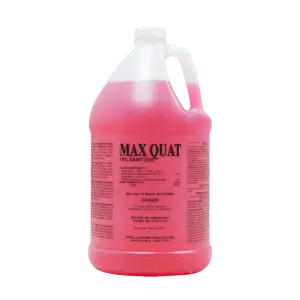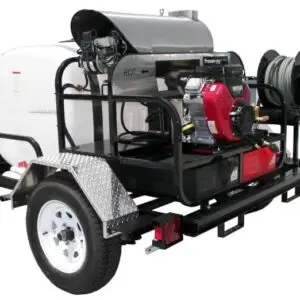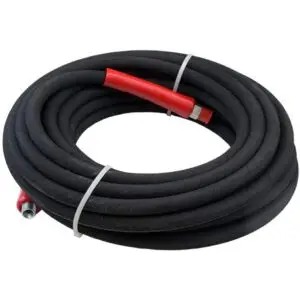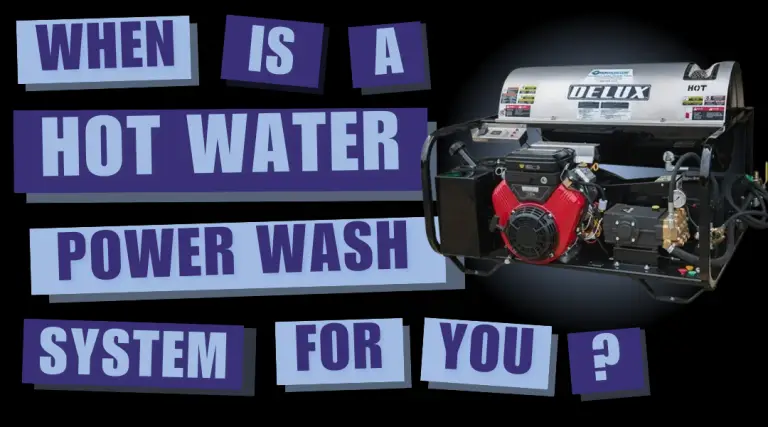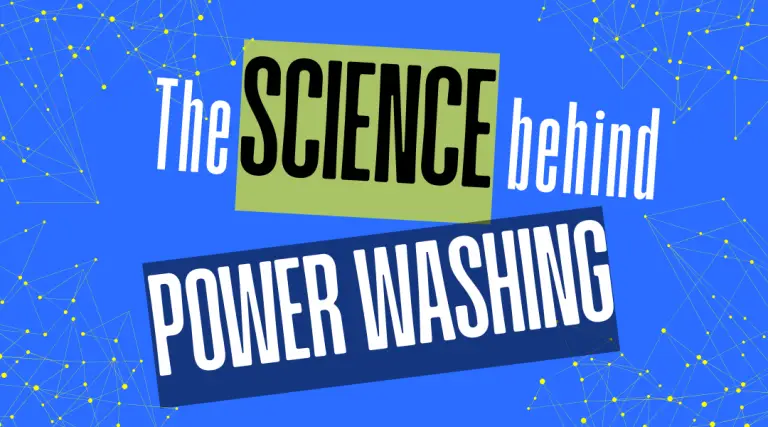Subscribe To Our Newsletter
Stay in the know on the latest products, deals, events, tips & tricks.
Social Media
Popular Products
-
-
-
All Pressure Washers
Complete Professional Pressure Washing Trailer. The Tow Pro Trailer, Super Skid, Pro, VBelt, Gas, 20 Honda/General, 5.5@3500
$18,374.97 -
Why Roof Cleaning Is Important
Did you know those ugly black streaks on roofs are not only eyesores, they are downright destructive? Left untreated, those streaks will literally eat away at shingles until the only remaining option is to replace the roof.
What Causes Roof Stains?
Those unattractive black roof “stains” are actually a robust breed of blue-green algae called Gloeocapsa Magma. Unless the algae is properly and thoroughly removed, it will multiply and spread, and can shave years off of a roof’s life through premature deterioration of shingle granules.
Also, it’s important to recognize that Gloeocapsa Magma is invisible during its early stages and only turns black after it is more advanced. In other words, just because only part of a roof has black streaks does not mean the rest of the roof has not been affected.
How Does Gloeocapsa Magma Destroy Shingles?
Roofing shingles typically consist of three parts: fiberglass sheets, petroleum adhesive, and ceramic or stone aggregate. The most important portion of the roofing shingle is the aggregate, which protects the rest of the system from degradation caused by both weather and UV rays.
Over the past 30 years, shingle manufacturers have significantly reduced the amount of asphalt in shingles, adding other ingredients instead, such as limestone. Gloeocapsa Magma feast on limestone, which is why roof algae has become such a widespread problem. Left untreated, the algae literally eats away at the roof until the only option left is roof replacement, which typically costs several thousands of dollars.
Additionally, shingle granules are designed to help deflect UV rays and heat away from the roof’s surface. When the granules have deteriorated or are covered in algae, the attic get hotter and electric bills rise.
What’s the Solution?
The good news is that in many cases, a good cleaning using the proper techniques can eliminate the algae, prolong the roof’s life, and potentially lower electric bills. The Asphalt Roofing Manufacturers Association (ARMA) recommends that shingles be cleaned using non-pressure, chemical methods. Using too high of pressure may remove the algae, but it can also remove granules from the shingles, which again will degrade the roof’s lifespan. In fact, using high pressure often voids any roofing manufacturer’s warranty.
Finally, in addition to killing the destructive algae from roofs, a clean roof is much more attractive than a dirty roof. A clean roof instantly increases a home’s curb appeal, and in turn, is one of the most cost-effective improvements a home or building owner can make.
Share This Post
More To Explore
Tax Benefits For Power Washing Professionals
Navigating the complexities of tax planning can be a daunting task for power washing professionals, yet it’s a crucial aspect …
Top 5 Must-Have Attachments to Elevate Your Power Washing Efficiency and Precision
Attachments for power washing systems are essential tools that significantly enhance the effectiveness, speed, and precision of professional cleaning jobs. …
When Should You Get A Hot Water Power Wash Machine?
When a Hot Water Power Washing System is Your Best Choice When deciding between a hot water power washing machine …
The Science Behing Power Washing
The Science Behind Effective Power Washing The science behind power washing is a balance of pressure, water, and chemical solutions …



